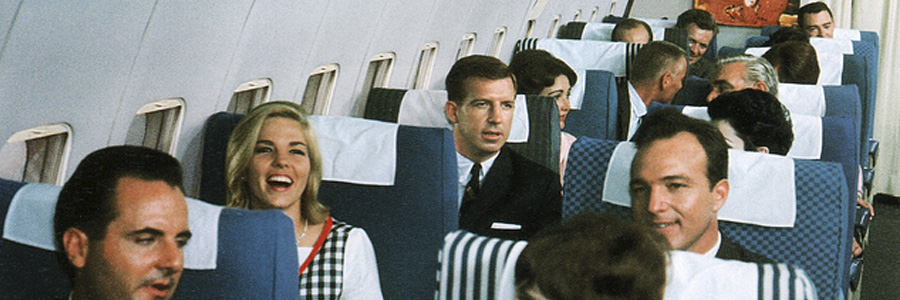In this country, especially in Florida, it is important for English speakers to have at least a basic understanding of the Spanish language. And just knowing “hola,” “gracias,” or “una cerveza,” isn’t going to cut it. This is a multicultural society, and a fascinating one at that, where language and lifestyle intersect often. These days you don’t necessarily need to fly to a foreign country to experience the wonders of another culture.
Because we are exposed to so many cultures and languages, our messages often need to be translated in order to reach everyone. If you’ve ever taken a foreign language course, you’ll know that internet translation machines, like Google Translate or Babel Fish, are unreliable. English to Spanish translations do not lend themselves for clear, direct translations because of the grammar rules. Additionally, colloquial language and idioms muddy the water even more. Just try translating “put a sock in it” into Spanish. Put a sock where? And why?
When it comes to translating your content, you’ll need knowledgeable professionals, such as us, with a working knowledge of the language and an ability to adapt and translate your message to make it resonate with your target audience.
Let us translate your campaigns to avoid these blunders:
“Te volamos en cuero”
When Braniff Airline put brand new leather upholstery on their seats in 1987, they celebrated with an ad campaign that showed off the luxury seats. In English, they said, “We’ll fly you in leather.” Unfortunately for them, when it was translated to Spanish, it was encouraging travelers to fly in the nude.
Probably not the type of customers Braniff Airlines was hoping to reach
“Yo vi la papa”
In the 80s, an American entrepreneur in Miami who saw an opportunity to make a few bucks decided to print shirts to sell during the Pope’s Miami visit. Instead of saying “Yo vi al Papa (I saw the Pope),” the shirts said “Yo vi la papa (I saw the potato).”
Shucks, missed it by one definitive article.
“No manchará tu bolsillo, ni te embarazará”
Parker Pen came out with an ad promoting that their ink would not leak and embarrass you. When it was translated to “no manchará tu bolsillo, ni te embarazará,” it was actually translated to “it won’t stain your pocket or get you pregnant.” The word “embarazar” is a false-friend of the English word “embarrassed.”

Reports show that there was an increase in sales for this pen, but only in the “fathers buying pens for their daughters” sector of the market. That’s a joke, by the way.
¿Tiene leche?
Remember the American Dairy Association’s successful “Got Milk?” campaign in the 90s? Of course you do. Seeing the success of this campaign, advertisers began putting their products after the word “got” for a quick new ad that mimicked this nationwide tagline. It became an advertising epidemic.
The ADA thought they could translate their “Got Milk” slogan directly for the Mexican market and kept the same two-word format. But when they did, the slogan came across as, “Are you lactating?”
Well, are you?
SOLUTION
Don’t simply translate your words from English to Spanish. Spanish is the second most common language in the United States, with around 20 percent of the population in Florida speaking Spanish at home. That is well over three million people! And the United States has a growing Hispanic population of more than 59 million people, who are projected to reach a collective buying power of $1.7 trillion in 2020. Marketing in Spanish to U.S. Hispanics makes good business sense. And do you really want to leave that much of a population untouched?


